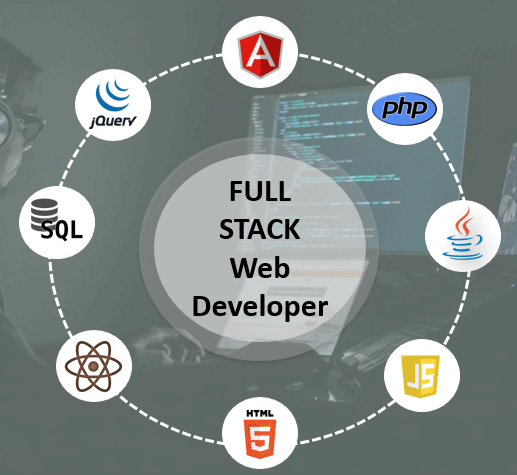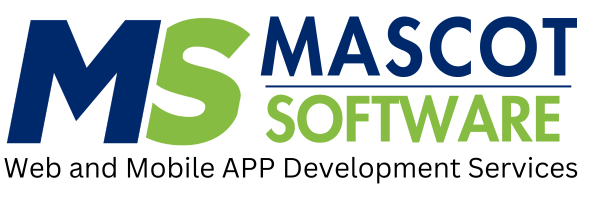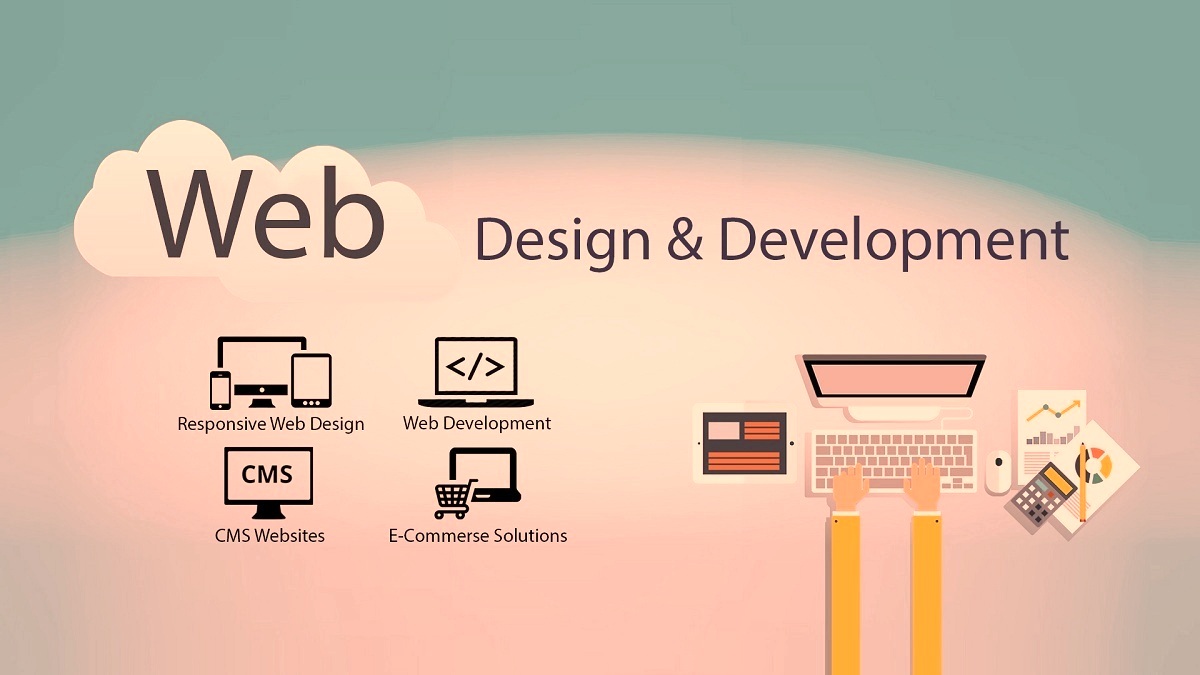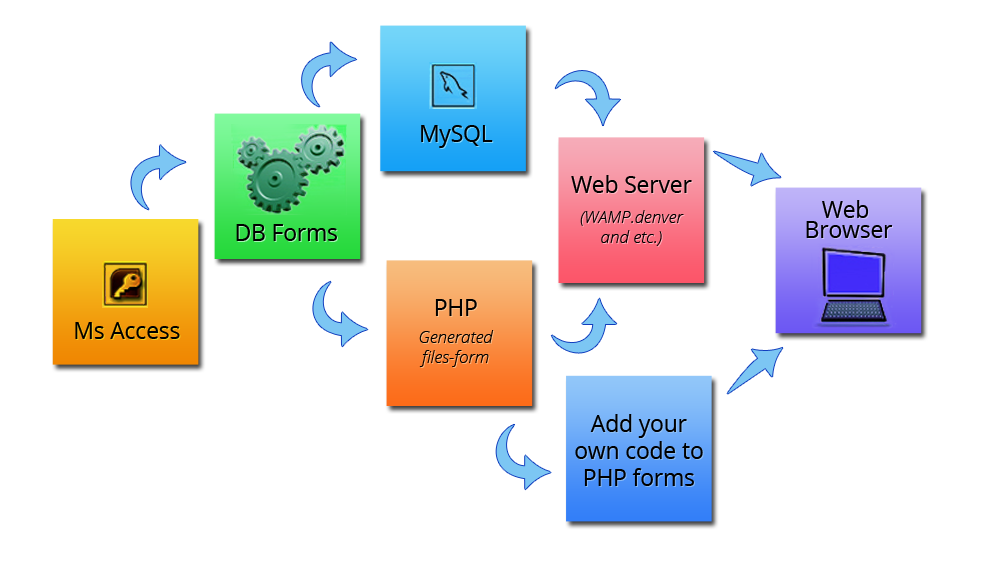
In the ever-evolving landscape of technology, specializations often emerge, but few roles offer the comprehensive scope and versatility of a Full Stack Developer. Often described as the "Swiss Army Knife" of software engineering, a full stack developer possesses the skills and knowledge to work on both the client-side (frontend) and server-side (backend) of web applications. This holistic understanding allows them to build and manage an entire application from conception to deployment, making them incredibly valuable assets in today's fast-paced digital world.
What Exactly is Full Stack Development?
At its core, full stack development involves handling every layer of an application. Think of it like building a house:
-
Frontend (The House's Exterior and Interior): This is everything the user sees and interacts with. It includes the user interface (UI) and user experience (UX). Technologies typically used here are:
-
HTML (HyperText Markup Language): The skeleton of web pages.
-
CSS (Cascading Style Sheets): For styling and layout (how the house looks).
-
JavaScript: Adds interactivity and dynamic behavior (the lights, doors, and appliances working). Popular JavaScript frameworks and libraries include React, Angular, and Vue.js.
-
-
Backend (The House's Foundation, Plumbing, and Electrical Systems): This is the server-side logic, databases, and APIs that power the application behind the scenes. Users don't directly see this, but it's essential for functionality. Key backend components and technologies include:
-
Server-Side Languages: Python (with frameworks like Django, Flask), Node.js (JavaScript runtime), Ruby (Ruby on Rails), PHP (Laravel), Java (Spring Boot), Go.
-
Databases: Where all the data is stored and managed. Examples include SQL databases (MySQL, PostgreSQL) and NoSQL databases (MongoDB, Cassandra).
-
APIs (Application Programming Interfaces): These act as communication channels between the frontend and backend, allowing them to exchange data.
-
A full stack developer bridges these two worlds, ensuring seamless communication and functionality across the entire application.
Why is Full Stack Development So Crucial Today?
The demand for full stack developers is soaring, and for good reason:
-
Versatility and Efficiency: A full stack developer can tackle various tasks, from designing intuitive user interfaces to managing complex server logic. This versatility often leads to faster development cycles and more efficient problem-solving, as they understand how all parts of the system interact.
-
Cost-Effectiveness: For startups and smaller teams, hiring a full stack developer can be more economical than employing separate frontend and backend specialists. One person can handle a broader scope of work.
-
Better Collaboration and Communication: With a comprehensive understanding of the entire application, full stack developers can communicate more effectively with different teams (designers, product managers, other developers), leading to smoother project execution and fewer misunderstandings.
-
Holistic Problem Solving: When an issue arises, a full stack developer can quickly identify whether the problem lies in the frontend, backend, or database, streamlining the debugging process and finding solutions more rapidly.
-
Adaptability to Emerging Technologies: Full stack developers often have a broader perspective on the technology landscape, making them more adaptable to new frameworks, languages, and tools that emerge.
The Essential Skillset of a Full Stack Developer:
While the specific technologies can vary, a strong full stack developer typically possesses skills in:
-
Frontend Technologies: HTML5, CSS3, JavaScript (ES6+), and at least one popular framework (React, Angular, or Vue.js).
-
Backend Languages & Frameworks: Proficiency in at least one server-side language (e.g., Python, Node.js, Ruby) and its associated frameworks.
-
Database Management: Understanding of both SQL (e.g., PostgreSQL, MySQL) and NoSQL (e.g., MongoDB, Redis) databases, including schema design, querying, and optimization.
-
APIs (RESTful/GraphQL): Ability to design, build, and consume APIs for seamless data exchange.
-
Version Control: Expert use of Git and platforms like GitHub/GitLab for collaborative development.
-
Basic Design Principles: Understanding of UI/UX fundamentals to create user-friendly and aesthetically pleasing interfaces.
-
Deployment and Hosting: Familiarity with cloud platforms (AWS, Azure, Google Cloud), server management, and continuous integration/continuous deployment (CI/CD) pipelines.
-
Problem-Solving and Debugging: Strong analytical skills to identify and resolve complex technical issues across the stack.
Starting Your Full Stack Journey:
For aspiring full stack developers, the path can seem daunting, but it's incredibly rewarding. Here's a general roadmap:
-
Master the Fundamentals: Solidify your understanding of HTML, CSS, and JavaScript. These are the bedrock of web development.
-
Choose a Frontend Framework: Pick one popular framework (React, Angular, or Vue.js) and dive deep into it.
-
Select a Backend Language & Framework: Choose a server-side language and its corresponding framework that interests you. Node.js with Express, Python with Django/Flask, or Ruby on Rails are popular choices.
-
Learn Database Management: Understand how databases work, how to design schemas, and how to interact with them using your chosen backend language.
-
Build Projects: The best way to learn is by doing. Start with small projects that incorporate both frontend and backend elements, and gradually increase complexity. Build a to-do app, a blog platform, or an e-commerce site.
-
Understand Deployment: Learn how to deploy your applications to cloud servers or hosting platforms.
-
Continuous Learning: The tech world changes rapidly. Stay updated with new technologies, best practices, and industry trends.
Conclusion:
Full stack development is more than just a job title; it's a mindset of comprehensive understanding and continuous learning. Full stack developers are the architects and builders of the modern web, capable of bringing ideas to life from every angle. As technology continues to evolve and businesses demand more agile and integrated solutions, the role of the full stack developer will only become more indispensable. Whether you're a budding developer or an experienced professional looking to expand your horizons, embracing full stack development can open up a world of opportunities and empower you to build truly impactful digital experiences. The journey is challenging, but the ability to craft an entire application, end-to-end, is an incredibly fulfilling achievement.




.jpg)
.jpg)
